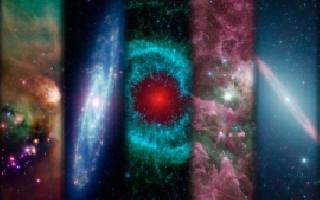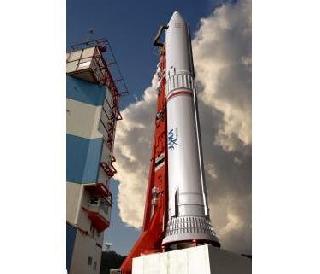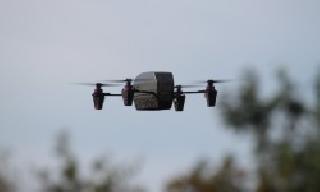
A montage of images taken by NASA's Spitzer Space Telescope over the years. A NASA/JPL-Caltech photo
WASHINGTON (PTI): NASA's infrared eye on the Universe - the Spitzer Space Telescope - has marked its tenth year in space and it is still going strong.
Ten years after a Delta II rocket launched NASA's Spitzer Space Telescope, lighting up the night sky, the fourth of the US space agency's four Great Observatories continues to illuminate the dark side of the cosmos with its infrared eyes.
The telescope studied comets and asteroids, counted stars, scrutinised planets and galaxies, and discovered soccer-ball-shaped carbon spheres in space called buckyballs.
Moving into its second decade of scientific scouting from an Earth-trailing orbit, Spitzer continues to explore the cosmos near and far, NASA said.
One additional task is helping NASA observe potential candidates for a developing mission to capture, redirect and explore a near-Earth asteroid.
"Using Spitzer to help us characterise asteroids and potential targets for an asteroid mission advances both science and exploration," said John Grunsfeld, NASA's associate administrator for science in Washington.
Spitzer's infrared vision lets it see the far, cold and dusty side of the Universe. Close to home, the telescope has studied the comet, dubbed Tempel 1.
Spitzer showed the composition of Tempel 1 resembled that of solar systems beyond our own. Spitzer also surprised the world by discovering the largest of Saturn's many rings.
The enormous ring, a wispy band of ice and dust particles, is very faint in visible light, but Spitzer's infrared detectors were able to pick up the glow from its heat.
Spitzer's most astonishing finds came from beyond our Solar System. The telescope was the first to detect light coming from a planet outside our Solar System, a feat not in the mission's original design.
With Spitzer's ongoing studies of these exotic worlds, astronomers have been able to probe their composition, dynamics and more, revolutionising the study of exoplanet atmospheres, said NASA.
Other discoveries and accomplishments of the mission include getting a complete census of forming stars in nearby clouds; making a new and improved map of the Milky Way's spiral-arm structure and, with NASA's Hubble Space Telescope, discovering that the most distant galaxies known are more massive and mature than expected.
In October, Spitzer will attempt infrared observations of a small near-Earth asteroid named 2009 DB to better determine its size, a study that will assist NASA in understanding potential candidates for the agency's asteroid capture and redirection mission. This asteroid is one of many candidates the agency is evaluating.
 Previous Article
Previous Article Next Article
Next Article












The Indian Air Force, in its flight trials evaluation report submitted before the Defence Ministry l..
view articleAn insight into the Medium Multi-Role Combat Aircraft competition...
view articleSky enthusiasts can now spot the International Space Station (ISS) commanded by Indian-American astr..
view article